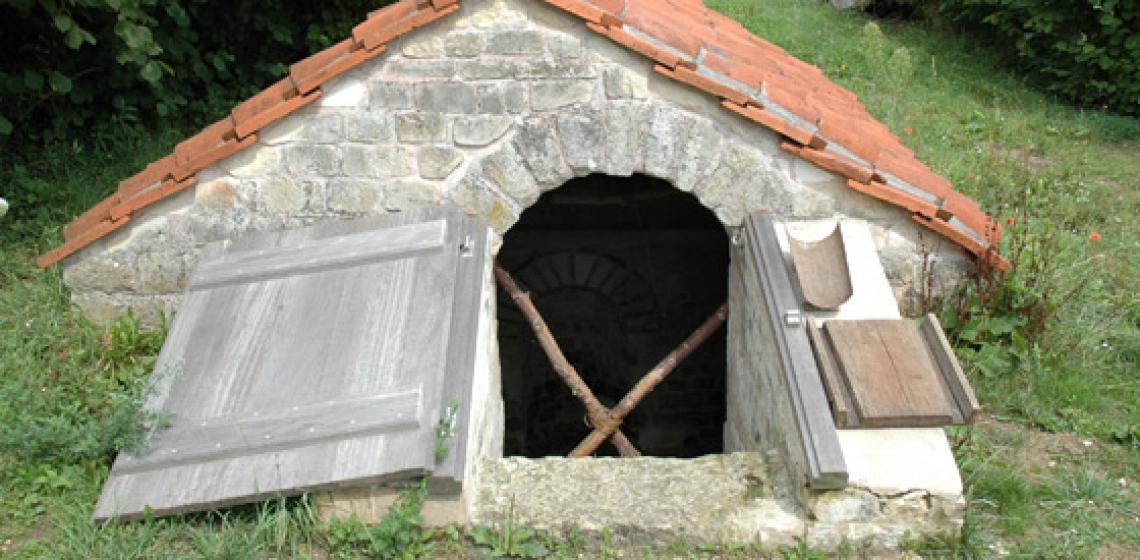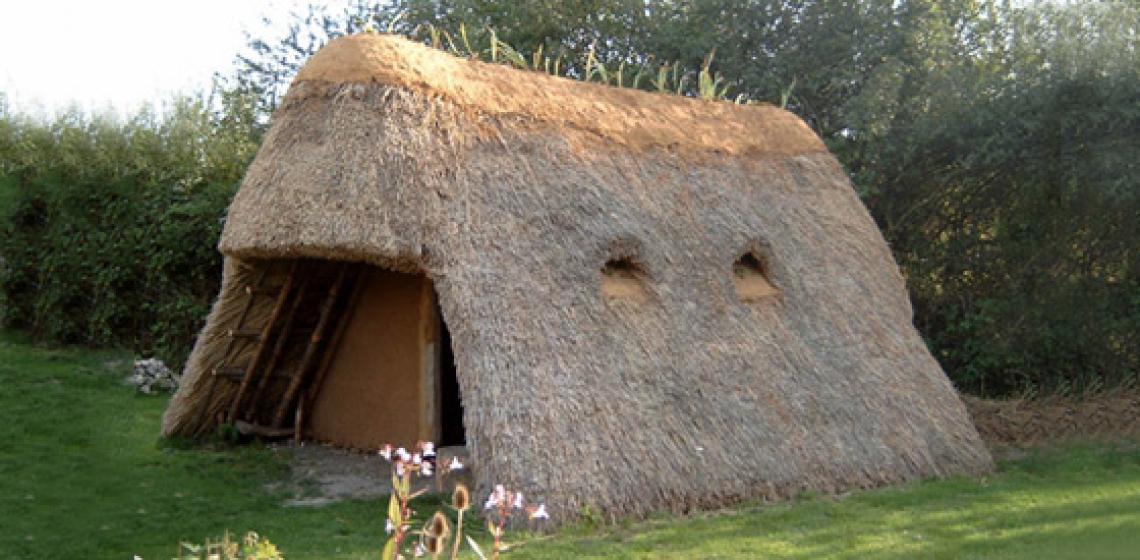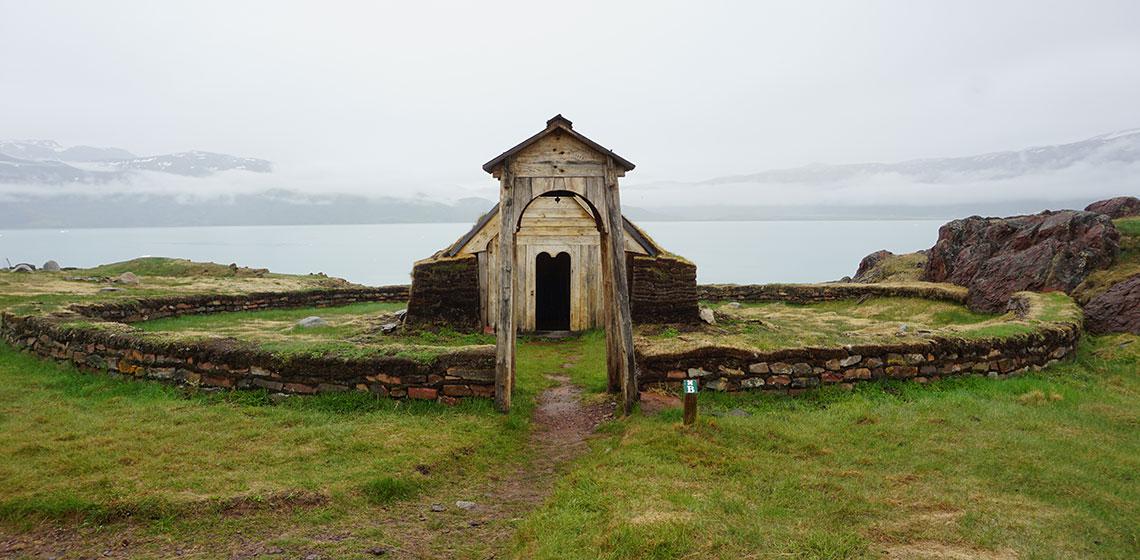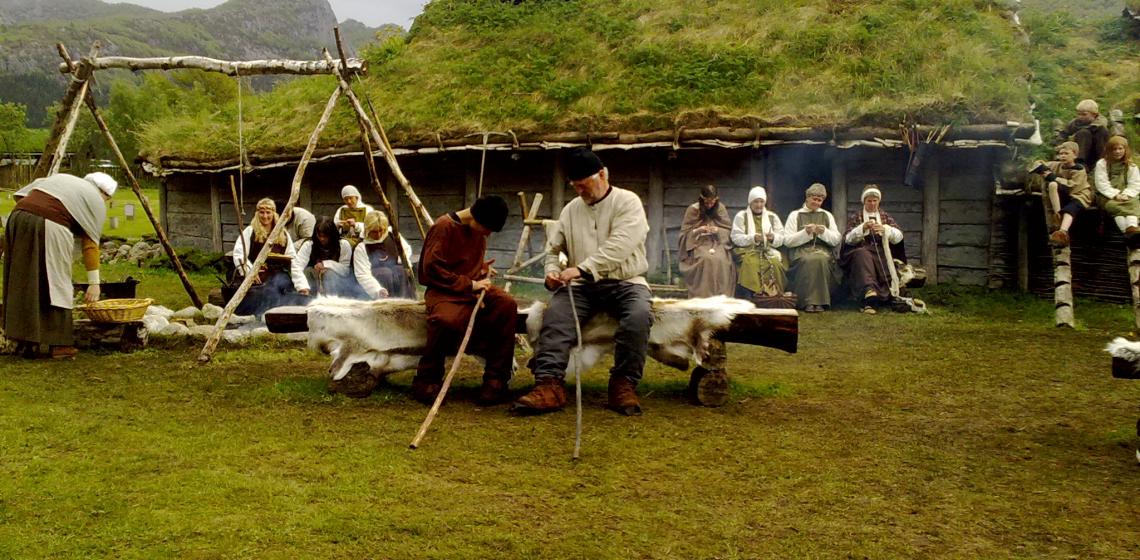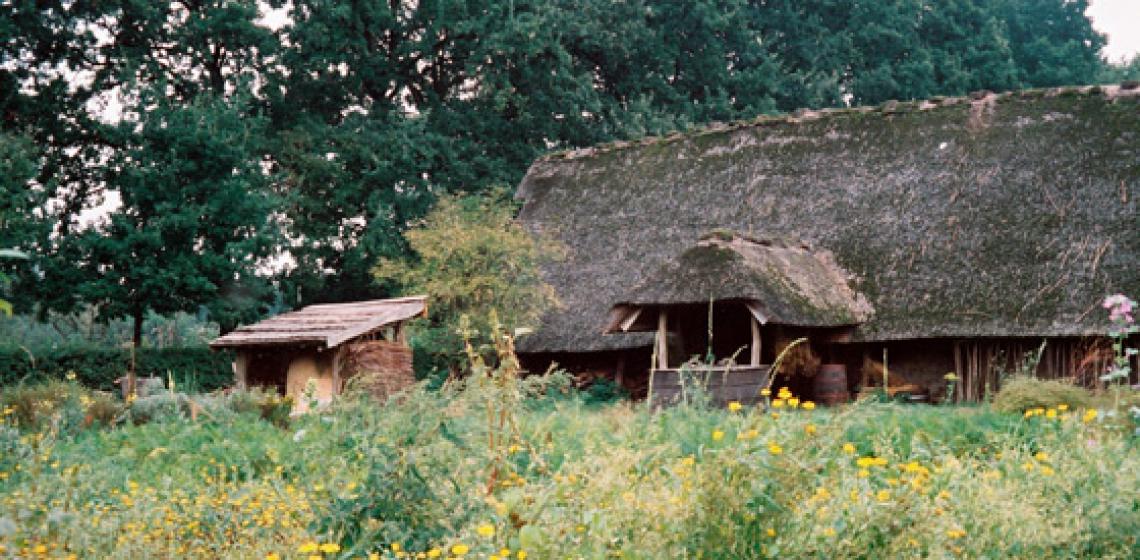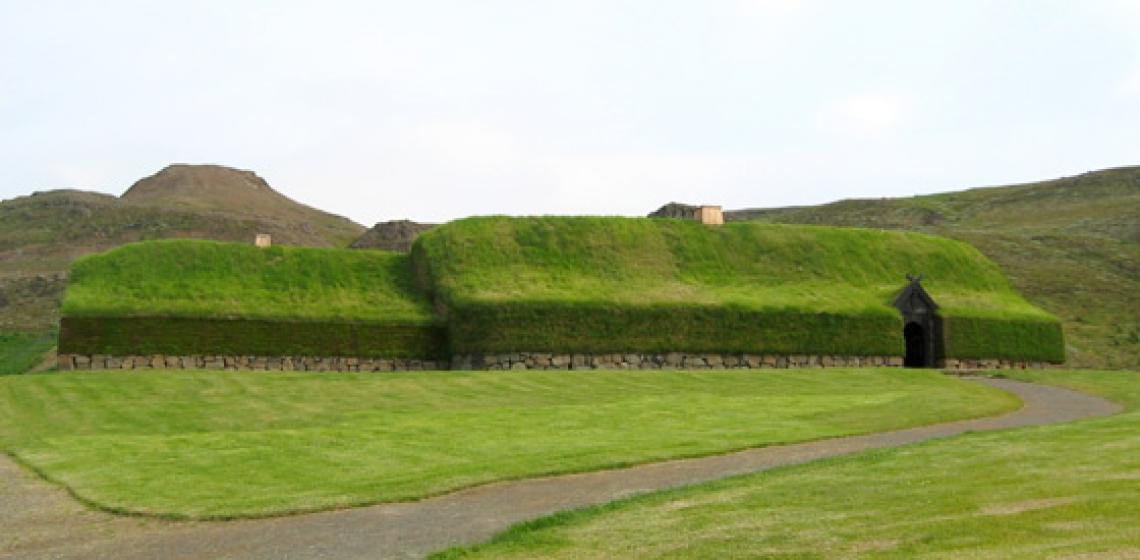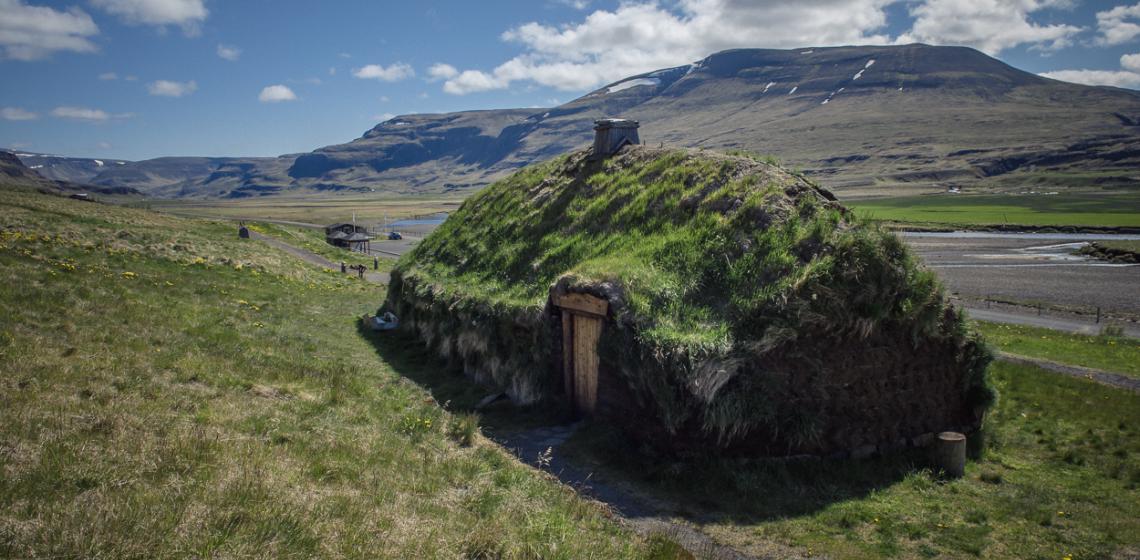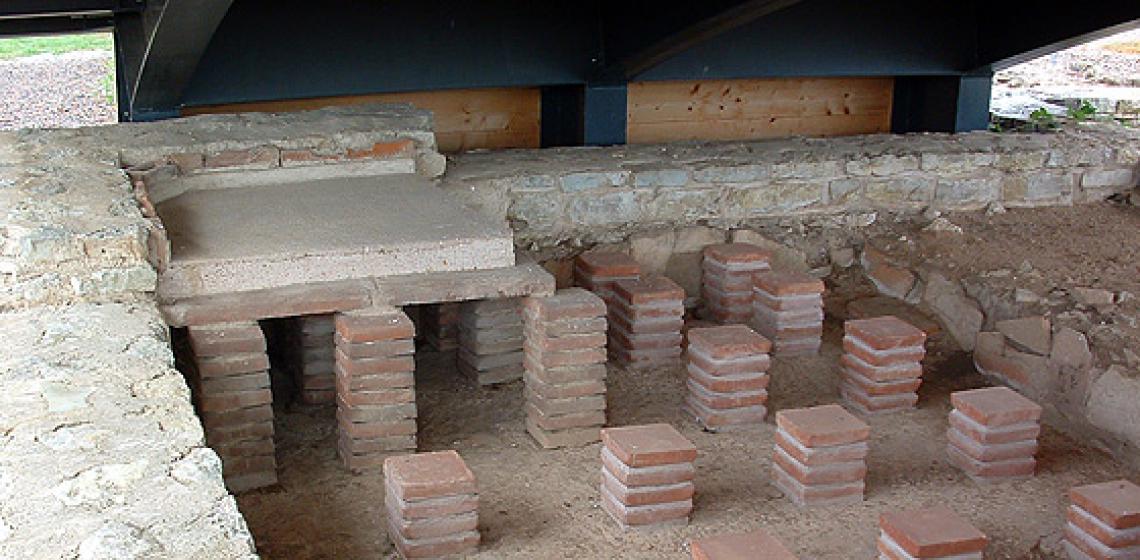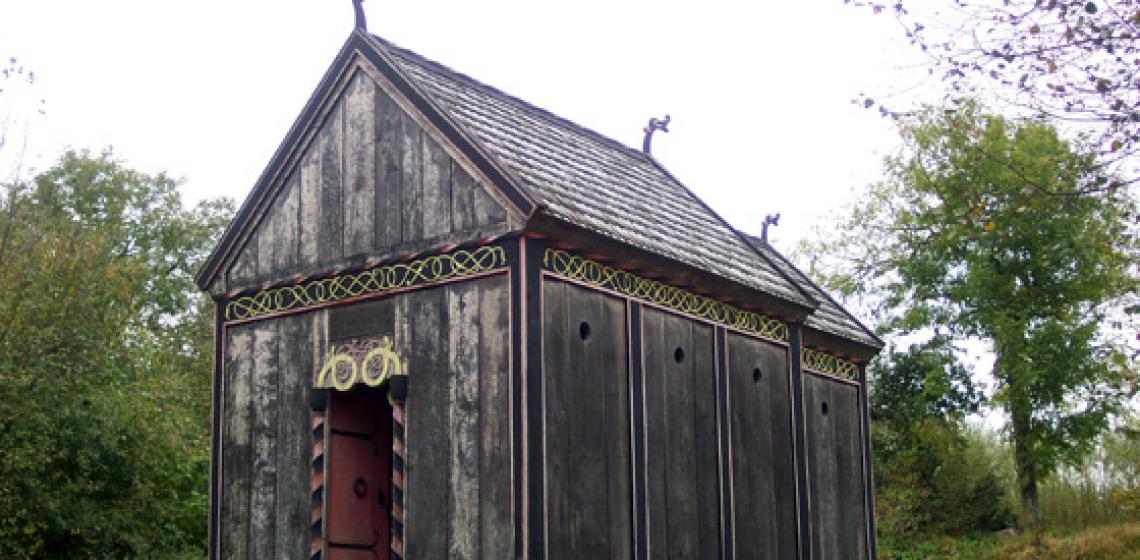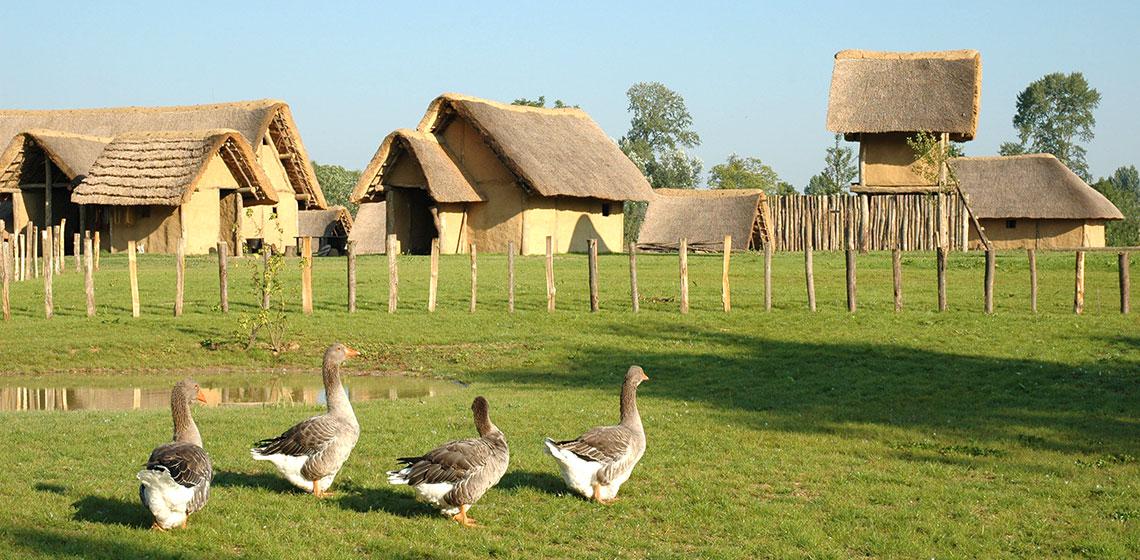Archéosite Les Rues-des-Vignes (FR)
In the "Nord" départment, you will find a Gaul / Merovingian / Carolingian “archéosite”. Following archaeological research in the area, this archaeological open air museum came into existence in 1982.
In the "Nord" départment, you will find a Gaul / Merovingian / Carolingian “archéosite”. Following archaeological research in the area, this archaeological open air museum came into existence in 1982...

